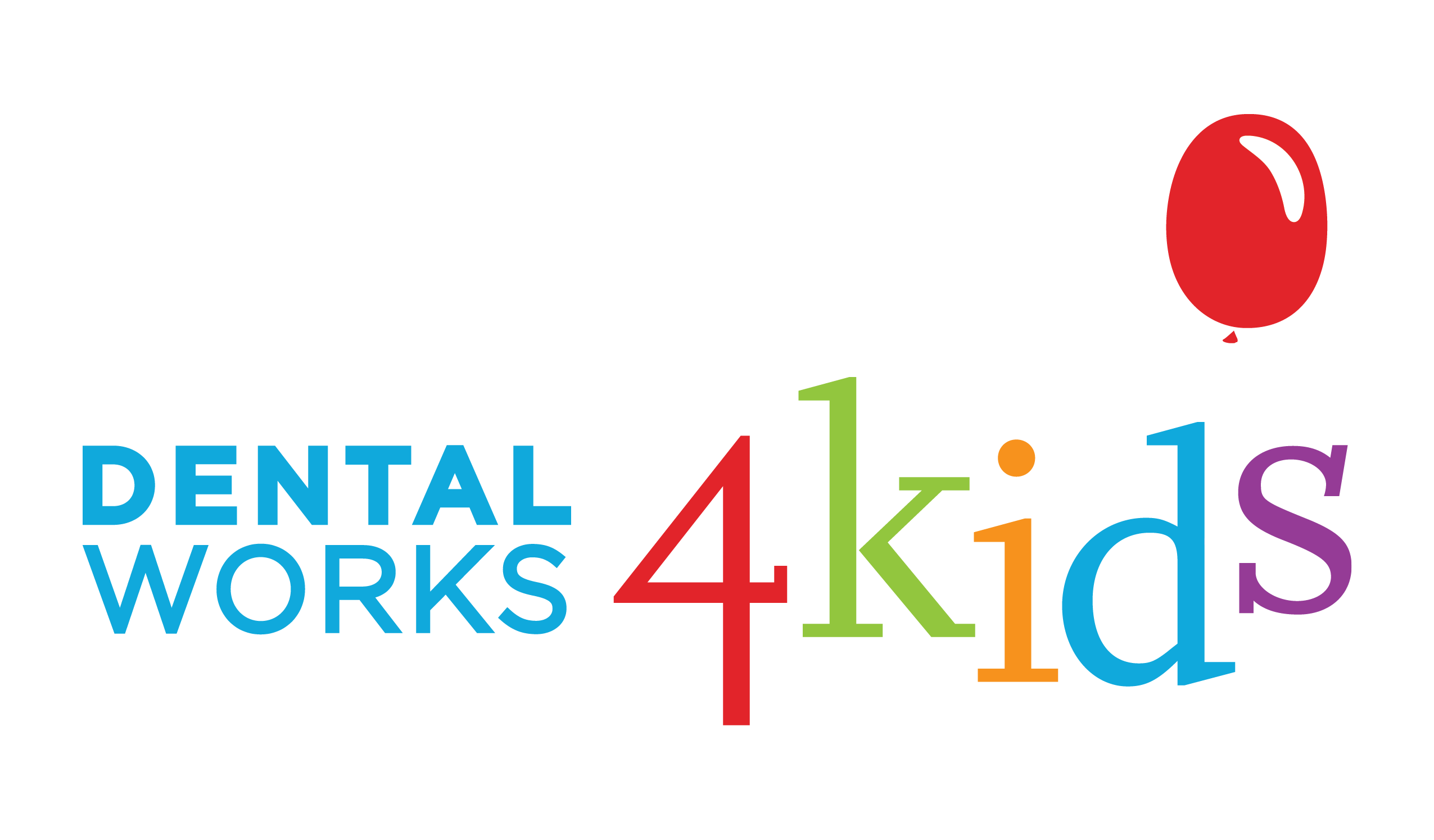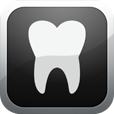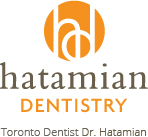Dental In Canada
Dental in Canada has achieved tremendous success. The loss of implants in the surgical process has decreased thanks to the advancement of technology, equipment, and diagnostic resources… thank goodness!
Find out the 3 main reasons that dental in Canada makes sure doesn’t occur where implants are lost in the surgical process and the factors that caused an essential turnaround in the field of Implant Dentistry.
Limited planning
The success of implant treatment in Canada largely depends on careful planning. For a long time, however, in other countries, the dentist could only make a two-dimensional reading of the area to be treated. The exam used as a reference to programming the approach was panoramic radiography. It makes it possible to visualize teeth, maxilla, and mandible, but not always assess the thickness and bone quality of these structures.
That is, the professional had data on the height and width of the bone limit. However, when opening the site, unexpected situations could be encountered, such as a knife-edge ridge, with very thin thickness and poor bone quality.
This situation can generate operative technical difficulty and change the surgical planning, even in the type, surface, and size of the implant already selected. This is done during the transoperative period, at the last minute, which can, in many cases, lead to bone defects and, as a consequence, a more excellent post-surgical inflammatory process, increasing the risk of implant loss.
And what's the solution in Canada?
Today, with the use of computed tomography and intraoral scanning in Canada, it is possible to collect three-dimensional images and more detailed and precise information, as well as verify the quantity and quality of the mucosa, the quality and the bone type of the ridge to be operated, if the bone in question is more dense or porous... in addition to meticulously measuring each bone distance and simulating the installation of implants in Canada through the planning software, performing the surgery in advance in a virtual way.
And this is fantastic, as it allows the dentist in Canada to plan for possible complications, creating a safety margin for the noble structures of the face, such as the maxillary sinuses and nerves, in addition to positioning the best surgical and prosthetic angle in a three-dimensional manner, preventing loss of implants.
That is, with broader information available for discussion in the pre-surgical period, the chances of facing unforeseen problems in the trans-surgical period drop significantly.
Above all, dentists in Canada know that the tendency is to carry out the so-called reverse planning, that is, the professional first plans the oral prosthetic rehabilitation that will guide the entire surgical process of osseointegrated implants.
2. Analog approach
The main asset that the dentist who uses the analog approach has in his favor is his technical capacity and his own look.
When performing the cut, to better see the bone, the dentist needs to displace tissue that can cause an inflammatory process. In addition, the possibility of a slight deviation at the time of perforation during the surgical procedure, which could either be due to the fact that the patient has very heavy bleeding or another mishap, would take the implant out of its best position and create unthinkable situations.
And what's the solution in Canada?
With technology in Canada, the procedure has become more predictable. That's when it's worth talking about the safety drill, a limiter that controls the diameter and depth of the drilling for implant placement in Canada.
And we cannot forget guided surgery in Canada, in which the process is completely standardized and controlled. In this modality, the surgical guide is made of liquid resin, which hardens when exposed to light. The guide is then fitted and stabilized in the patient's dental arch or ridge, guiding and standardizing the sequence of milling and descent of the implant, positioning, and inclination during surgery.
In summary, dentist in Canada does not go further, nor less than they should: he performs precisely and with standardization what was planned.
Surgeries have become faster and without cuts, which increases the possibility of tissue repair and shortens the recovery and healing period!
3. Inadequate follow-up can also lead to the loss of implants
One of the factors that can lead to the loss of implants is the appearance of inflammation around the tissue after surgery. Hence the importance of guiding the patient well in the first 48 hours, such as the use of medication, applying cold compresses on the spot, liquid and cold food, and the correct technique for sanitizing the area.
And what's the solution in Canada?
The dentist in Canada closely monitors the evolution of the clinical picture 2 or 3 days after the surgery, to verify that the process is evolving as expected. If it deviates from the expected, intervening early is essential to avoid the loss of implants. Remember: as much as technology contributes a lot to this internship, nothing replaces the feeling of being a good professional!
The differences between traditional and digital impressions in implant dentistry in Canada
Surgical planning in Canada was careful and implant placement was perfect. But it's not over yet. After all, oral rehabilitation-only ends with the installation of the prosthesis. And, at this stage, success is linked to the correct molding.
Inaccurate models, with bubbles and few details, can compromise the final result of the prosthesis and cause patient dissatisfaction since the well-adapted prosthesis is the most visible part of the treatment.
Traditional impression: consecrated method (but with several steps!)
Used for many years in Canada and already well-known to dentists in Canada, traditional molding reproduces the anatomical details of the smile. It uses different materials, such as alginates, zinc enol paste, and silicones, placed in a tray that is fitted over the area being treated. Then, the mass creates a negative copy of the patient's maxilla or mandible, and then it is necessary to apply plaster over it (do the so-called plaster cast), to form the design of the arch.
Thus, this modality covers several stages. Let's go: the dentist first needs to manipulate the material at the right time and in the right amount, then choose the most convenient tray (open or closed as the case may be if the implant is single or multiple) and leave the material in the patient's mouth. for the necessary time.
Finally, cast plaster and wait for this material to harden to produce a bubble-free model.
What has changed with technology in Canada?
Digital molding in Canada dispenses with conventional materials. It greatly speeds up the dentist's work with the prosthesis, as all it takes is an intraoral scanner to scan the inside of the patient's mouth.
Here's how it works: the dentist in Canada screws in the scanning body (the jig) and moves the scanner into the oral cavity. Then, the device takes care of collecting the information that will be transmitted to the software. That is, only one molding step (instead of several) saves space, which reduces the time of this procedure! Another point in favor is loyalty.
This is because, with the reduction in the number of steps, the risk of eventual distortions in the prosthesis is reduced, obtaining a more accurate reproduction of the patient's arches.
There's more: with the digital impression, you can immediately check the model of the prosthesis (three-dimensional, on the computer screen!). If the dentist finds that any area of the mouth was not well portrayed, simply scan it again.
Just for the sake of comparison, in conventional molding, you have to wait from an hour to an hour and a half for the plaster to dry, and only then can you assess the quality of the prosthesis. If you do not agree, it may be necessary to repeat the entire procedure at the next appointment.
Is it worth saying yes to digital molding in Canada (understand why)
The electronic flow of information allows the dentist in Canada to send the data to a laboratory in his city or resort to the work of a prosthodontist in a more distant location, making the transmission in a few minutes, without having to depend on the mail.
Finally, digital technology in Canada makes the patient's experience more pleasant, not only by reducing procedure time but above all by eliminating the risk of retching that sensitive people may have in contact with the mass in the tray. The scanner scans without discomfort for the patient.
But what about the cost-benefit in Canada?
To take a digital impression, the dentist in Canada needs to purchase an intraoral scanner. Ah, it is worth remembering that the device is versatile, its application in the office is not limited to molding. But look how incredible: if you consider only this use, with the reduction of service time (clinical hours in Canada) and the need for inputs, the costs of digital impressions tend to be similar to those of the traditional one in the short and medium term for dentists with a lower volume of calls.
As for professionals in Canada with a medium or large volume of patients, the tendency is for the digital version to become cheaper than the conventional process!
Cost of Dental in Canada
The rough cost of a dental filling ranges between $174-$363 in Canada.


























